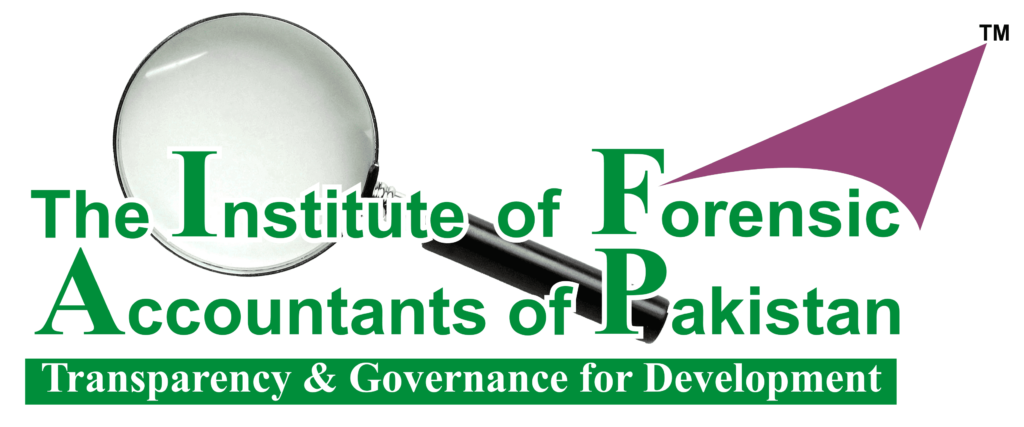The Nexus Between Corporate Governance and Internal Controls
Corporate governance and internal controls form the bedrock of a company's ability to navigate the complex landscape of business operations while maintaining ethical standards and financial integrity. In this article, I will explore the crucial interplay between corporate governance and internal controls, focusing on evaluating the effectiveness of internal controls and assessing the adequacy of corporate governance structures (Tricker, 2015).
Evaluating the Effectiveness of Internal Controls
Effective internal controls are fundamental to mitigating risks, ensuring financial accuracy, and safeguarding the assets of a company. Internal controls encompass a set of policies, procedures, and mechanisms designed to provide reasonable assurance regarding the achievement of an organization's objectives. Evaluating the effectiveness of these controls is a pivotal aspect of maintaining transparency and accountability within a company.
One key reference in understanding the evaluation of internal controls is "Internal Control - Integrated Framework" published by the Committee of Sponsoring Organizations of the Treadway Commission (COSO) (COSO, 2013). This framework, commonly known as the COSO framework, provides a comprehensive guide for assessing and enhancing internal control systems. It emphasizes the importance of a systematic approach to evaluating the design, implementation, and ongoing effectiveness of internal controls.
The COSO framework outlines five components of internal control: control environment, risk assessment, control activities, information and communication, and monitoring activities (COSO, 2013). A thorough evaluation of each component enables organizations to identify strengths, weaknesses, and areas for improvement in their internal control systems.
Regular internal and external audits are vital tools for evaluating the effectiveness of internal controls. Independent auditors, guided by established frameworks such as COSO, assess the design and operating effectiveness of internal controls (COSO, 2013). By identifying control deficiencies and recommending improvements, audits contribute to the continuous enhancement of internal control systems.
Assessing the Adequacy of Corporate Governance Structures
Corporate governance encompasses the structures, processes, and systems that guide and control an organization, ensuring it operates in a manner consistent with its objectives and the interests of its stakeholders (Tricker, 2015). The adequacy of corporate governance structures is paramount in fostering ethical behavior, accountability, and sustainable business practices.
A seminal work in the realm of corporate governance is "Corporate Governance: Principles, Policies, and Practices" by Bob Tricker (Tricker, 2015). Tricker's book provides a comprehensive overview of corporate governance theories and practices, offering insights into the role of boards, the relationship between stakeholders, and the mechanisms for ensuring transparency and accountability.
To assess the adequacy of corporate governance structures, organizations often refer to established corporate governance codes and guidelines. For instance, the OECD Principles of Corporate Governance serve as an international benchmark, outlining key principles such as fairness, accountability, and transparency (OECD, 2015). Companies can use these principles as a reference point to evaluate and enhance their governance frameworks.
An effective board of directors is a cornerstone of sound corporate governance. The structure, composition, and independence of the board play a crucial role in shaping the governance landscape (Tricker, 2015). The Cadbury Report, another influential work in corporate governance, emphasizes the importance of a balanced board with a mix of executive and non-executive directors. By evaluating the composition and functioning of the board, companies can gauge the adequacy of their governance structures. Regular assessments and reviews of corporate governance practices contribute to ongoing improvements (Tricker, 2015). Self-assessment tools, external evaluations, and benchmarking against industry standards are valuable methods for organizations to ensure that their governance structures evolve to meet the dynamic challenges of the business environment.
Diverting Funds for Personal Use
The diversion of funds for personal use is a sophisticated form of asset misappropriation that involves employees redirecting company funds into personal accounts. This can occur through various means, including fraudulent invoicing, manipulation of financial records, or unauthorized use of company accounts. The financial impact of fund diversion can be severe, affecting a company's liquidity and financial stability.
Research by Smith and Robinson (2021) delved into the motivations behind fund diversion and the challenges organizations face in detecting such fraudulent activities. The study underscored the importance of implementing robust financial controls, conducting regular audits, and leveraging technology for real-time monitoring.
To combat fund diversion, companies should implement dual authorization processes for financial transactions, conduct regular reconciliations of financial records, and provide employee training on ethical financial practices (Smith & Robinson, 2021). Utilizing advanced financial software with built-in fraud detection algorithms can enhance the ability to identify irregularities and prevent the misappropriation of funds.
In conclusion, the symbiotic relationship between corporate governance and internal controls forms the backbone of a resilient and ethical organizational framework. Evaluating the effectiveness of internal controls, guided by frameworks such as COSO, ensures that companies have robust mechanisms in place to manage risks and uphold financial integrity. Simultaneously, assessing the adequacy of corporate governance structures, drawing on works like Tricker's and adhering to established principles, establishes a foundation for ethical decision-making and stakeholder trust.
By continually refining internal controls and corporate governance structures, organizations can navigate the complexities of the business landscape while maintaining a commitment to transparency, accountability, and sustainable practices.
Reference:
Committee of Sponsoring Organizations of the Treadway Commission (COSO). (2013). Internal Control - Integrated Framework. Retrieved from https://www.coso.org/
Tricker, R. (2015). Corporate Governance: Principles, Policies, and Practices. Oxford University Press.
Organisation for Economic Co-operation and Development (OECD). (2015). G20/OECD Principles of Corporate Governance. Retrieved from https://www.oecd.org/daf/ca/Corporate-Governance-Principles-ENG.pdf
Author:
Muhammad Ali
FICFA, FIPA, FFA, CCFA, FFA, FCIAP, MBA

